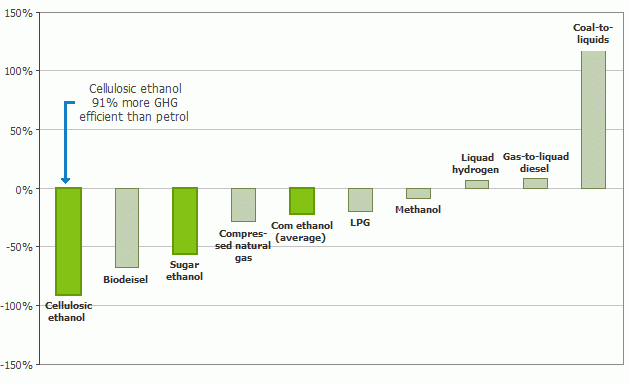The strategic objective is to develop a financially sustainable and environmentally viable business for the Herbert River District.
The sugarcane plant is widely recognized as the most efficient converter of sunlight and water into energy and is an underutilised resource that NQBE intends to exploit more fully, particularly in relation to ethanol production and electricity generation.
Business Model
- NQBE's business model is based upon the Brazilian sugarcane processing factory model, which allows flexibility in the ratio of sugar crystal and ethanol production.
- With a cane supply of 2.5 to 3 million tonnes per year and incorporating the latest milling and distillation technologies, the factory will support the production of raw and refined sugar, ethanol and electricity.
- The majority of ethanol production is from molasses and secondary express juice. A portion of the first express juice can also be diverted to keep the ethanol factory running at capacity.
NQBE will expand its business by developing strategic relationships such as the incorporation of ethanol into diesel fuel (a fuel known as Diesohol), developing vinasse based fertilizers, investigation of sugar based bio-plastics and the distribution of these products.
New Technology
NQBE recognises that cellulosic ethanol production will be an integral part of its business model, once this technology becomes commercially available.
The economic viability of any new process that produces an alternative liquid fuel to compete with petroleum-based products (petrol or diesel) is relative with economic viability changing over time.
Cellulosic ethanol production technology has the potential to be highly competitive with petroleum liquid fuels and NQBE will be incorporating this technology into the factory when the technology has been fully tested and commercialised.
The table and graph below show the percentage reductions or increases, as the case may be, in the lifecycle GHG emissions resulting from the use of a range of alternative fuels when compared to the use of petrol or diesel, on an energy equivalent basis. For example, compared to the of use of petrol, the use of cellulosic ethanol reduces lifecycle GHG emissions by 90.9% and the use of liquid fuel produced from coal without carbon capture and storage increases lifecycle GHG emissions by 118.5%.
| Fuel | Corn ethanol (Process fuel - fossil) |
Corn ethanol (Process fuel - biomass) |
Cellulosic ethanol |
| GHG emission change | -21.8% | -54.1% | -90.9% |

Graph above: GHG emissions from transport fuels compared to fossil-based petrol/diesel (set at 0%)
Reference: US EPA Office of Transportation and Air Quality - May 2007
The cellulosic ethanol process has production and environmental advantages over current or existing first generation ethanol production technology processes including:
- Greenhouse gas reduction: The United Nation's Intergovernmental Panel on Climate Change has stated that ethanol properly produced from woody or fibrous biomass will generate almost no CO2. Through major reduction in processing time and the elimination of the energy intensive distillation process currently used in ethanol production, the cellulosic ethanol process is designed to minimise greenhouse gas generation.
- Positive Energy Balance from ethanol: The cellulosic ethanol production process converts fibrous biomass to ethanol and generates surplus electricity from combustion of the lignin co-product. It also captures production water and other liquids, treats and recycles them. The process also allows the use of waste fibre as feed stock, including abundant supplies from existing industries particularly sawmill wood residue and sugar bagasse (sugar production waste).
Project Benefits
The possible and potential benefits flowing from this project include:
- Multiple products: Removal of the dependency by feed stock producers on a single product (sugar crystal) for financial viability.
- Equity participation: The opportunity for feed stock producers and the supporting community to participate in equity in the project
- Employment opportunities: Local employment opportunities will be increased during the 52 weeks of the year. Current milling operations are traditionally seasonal based.
- Local population stability: Decrease in number of families seeking to leave the district because of lack of full time employment opportunities, thereby helping sustain the local economy.
